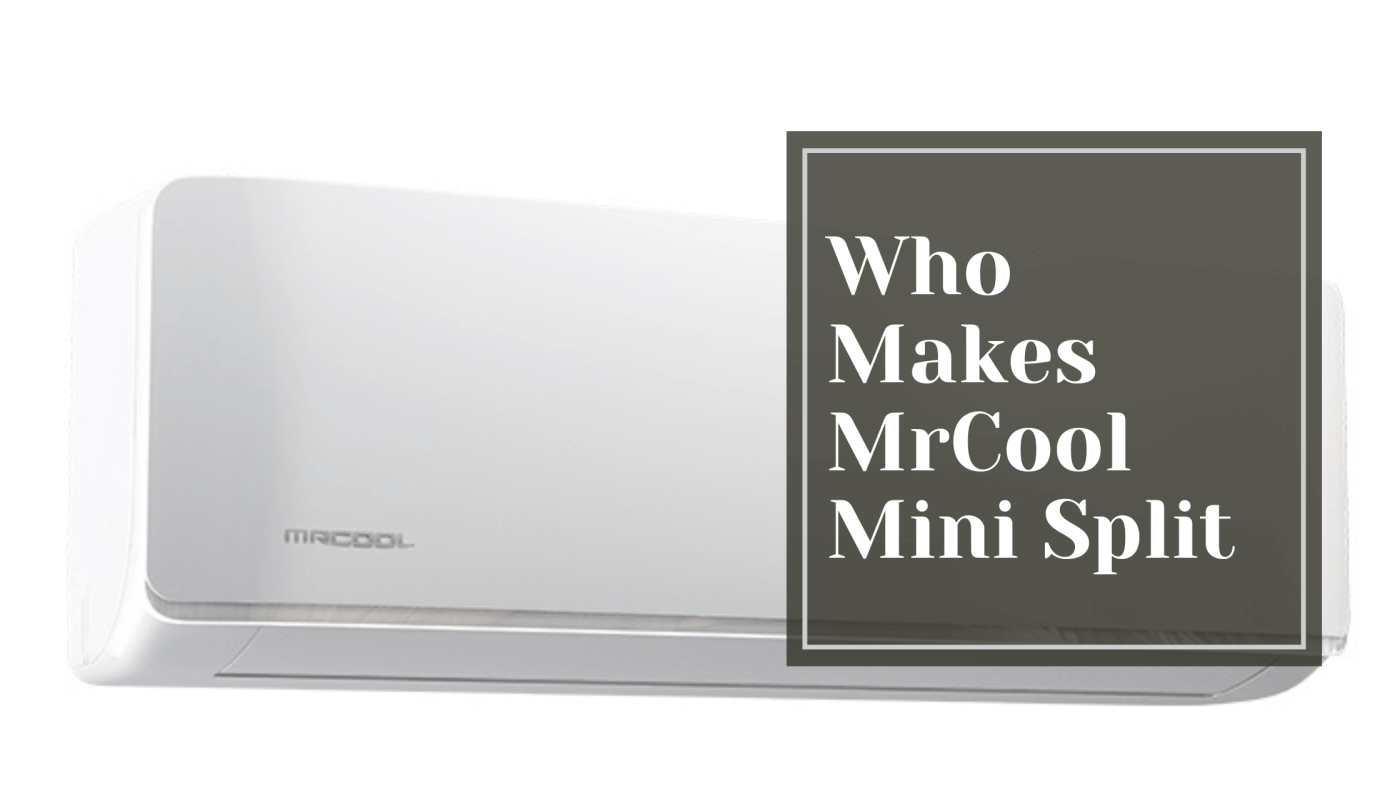So you're thinking of buying a mini split for your home but have no idea how powerful of a system you need. Don't worry, you're not alone. Choosing the proper size mini split can be confusing, especially if you've never owned one before. The good news is The Trade Table can walk you through determining how big your mini-split should be.
$3,917.95
GREE Vireo+ Ultra 30K BTU 18 SEER Wall Mount Mini-Split Single Zone Heat Pump The Vireo+ Ultra combines the design of the original Vireo+ system, while extending the operating capacity to -31°F. It has been designed to blend into any… read moreGREE Vireo+ Ultra 30K BTU 18 SEER Wall Mount Mini-Split Single Zone Heat Pump - VIRU30HP230V1A

Factors to Consider When Determining Mini Split Size
The size of the mini split you need depends on several factors.
Space to be conditioned
-
First, determine the square footage of the room or area you want to heat and cool. As a rule of thumb, you'll need around 1 ton of cooling capacity for every 500 square feet. So a 12,000 BTU unit can handle around 600 square feet, while a 24,000 BTU unit is good for 1,200 square feet.
Windows and insulation
-
The number of windows, doors, and insulation levels also matter. More windows or poor insulation means more heat gain or loss, so you'll need additional capacity.
Occupancy and usage
-
Think about how many people use the space and how often. Spaces with higher occupancy or more frequent use require more powerful units to keep up with heating and cooling demands.
Local climate
-
Your area's climate plays a role too. Colder or hotter climates will require more capacity to maintain a comfortable temperature.
Future needs
-
If you plan to expand or convert your space in the future, choose a unit that can handle increased heating and cooling loads. It's best to get a mini split that's a bit bigger than you need currently to account for future changes.
Recommended BTUs for Mini Splits by Square Footage
To determine how many BTUs (British Thermal Units) you need, you'll need to properly size your unit.
For a small area like a bedroom or office (around 150-300 square feet), you'll want at least 9,000 BTUs to keep things comfortable. For a medium-sized living room (300-500 square feet), 12,000-18,000 BTUs should do the trick. Larger areas like an open-concept living/dining/kitchen space (around 500-800 square feet) will require an 18,000-36,000 BTU unit.
BTU Recommendations
The BTU recommendations above assume average ceiling heights. If you have extra high ceilings, you'll want to bump up to the next size for the best results. It's also a good idea to consider how well-insulated your space is. Poor insulation means your AC will have to work harder, so you may need additional BTUs.
In the end, it's best to slightly oversize your mini split. An undersized unit won’t effectively cool your space and will end up costing more to run as it struggles to keep up. An oversized unit, on the other hand, can just run at partial capacity on most days which is more energy efficient.
Stealth Comfort 12,000 BTU 24 SEER ACiQ Single Zone Wall Mount Mini Split System w/ Extreme Heat & WiFi

$1,207.00
Stealth Comfort 12,000 BTU 24 SEER ACiQ Single Zone Wall Mount Mini Split System w/ Extreme Heat & WiFi Enhanced Comfort ACiQ Single Zone mini split systems provide precise temperature control, near silent operation, and maximum efficiency at a competitive… read more
How Big of a Mini Split Do I Need for 1000 Square Feet?
For a 1000-square-foot space, you'll want a mini split that can handle around 24,000 to 36,000 BTUs. The exact size depends on factors like:
-
The number of rooms you want to cool. A larger unit, around 30,000 to 36,000 BTUs, is good for 3-4 rooms.
-
Window efficiency. More efficient windows mean fewer BTUs are needed.
-
Ceiling height. Higher ceilings require more BTUs.
-
Local climate. Warmer areas need higher BTU units.
Choosing a Mini Split
For the best results, choose a unit with:
-
Multiple fan speeds so you can adjust the airflow.
-
A built-in thermostat to easily control the temperature.
-
Features like sleep mode, 24-hour timers, and auto-restart.
-
A high Seasonal Energy Efficiency Rating (SEER) which means lower energy usage. Look for a SEER of at least 16 or higher.
-
A reputable brand like LG, Mitsubishi, Panasonic, or Daikin. Brands that are known for quality and reliability.
MRCOOL E Star DIY 4th Gen 36k BTU Ductless Mini-Split Heat Pump Complete System - 208-230V/60Hz

$2,888.00
E Star DIY 4th Gen 36k BTU Ductless Mini-Split Heat Pump Complete System - 208-230V/60Hz The E Star DIY 4th Gen 36k BTU Ductless Mini-Split Heat Pump Complete System - 208-230V/60Hz is a high-performance heating and cooling solution for medium… read more
How Big of a Mini Split Do I Need for 1200 Square Feet
For a space of around 1,200 square feet, you'll want to consider a mini-split system in the 18,000 to 24,000 BTU range. A unit in this size range should be powerful enough to effectively heat and cool an open-concept living area, a few bedrooms, and possibly a small office space.
-
An 18,000 BTU unit can typically handle around 600 to 800 square feet.
-
A 24,000 BTU system should be suitable for 800 to 1,200 square feet.
MRCOOL E Star DIY 4th Gen 24k BTU Ductless Mini-Split Heat Pump Complete System - 208-230V/60Hz

$2,502.00
DIY 4th Generation E Star 24k BTU Ductless Mini-Split Heat Pump Complete System 208-230V/60Hz The MrCool 4th Generation DIY 24K BTU, 20.5 SEER Ductless Heat Pump is an all-in-one system that seamlessly combines efficiency, durability, and simplicity. This system can… read more
How Big of a Mini Split Do I Need
You've now learned all about the different sizes of mini split units and how to determine the right size for your needs. The most important things to keep in mind are calculating the square footage of the rooms you want to cool or heat and choosing a unit with enough BTUs to handle that space. Don't go too big, or you'll end up wasting energy and money. But don't go too small either, or your mini split won't keep up on the hottest or coldest days.




